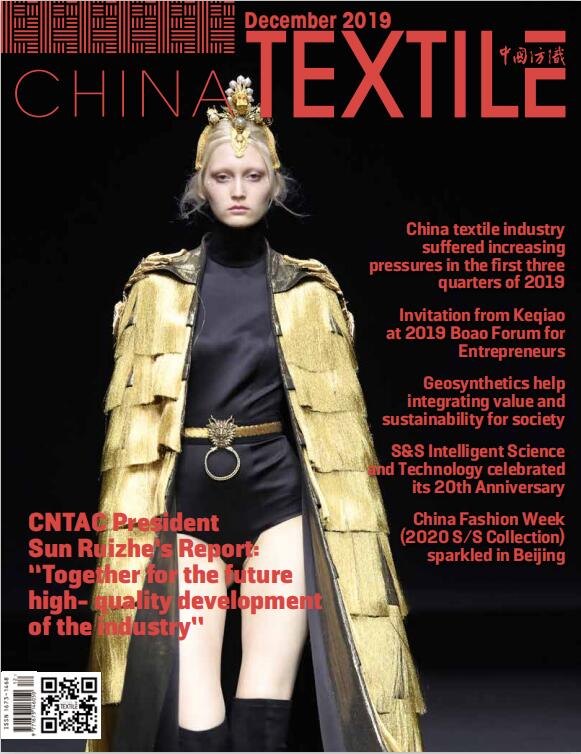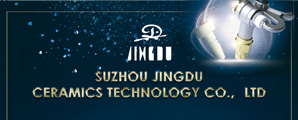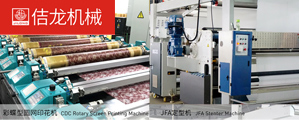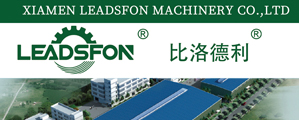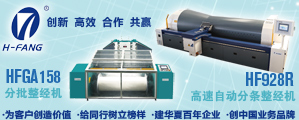Intangible cultural heritage bring new colors to Chinese textile industry
Mar 27, 2025 | by Zhong Mengxia
Color is an essential component of beauty, a medium for expressing culture and attitude, and a catalyst for innovation and value creation. As Chinese styles and trends rise and return, traditional Chinese colors, regarded as the most profound visual expressions of Chinese civilization, are infused with new vitality and contemporary values. These colors, imbued with philosophical concepts and poetic aesthetics, continue to evolve.
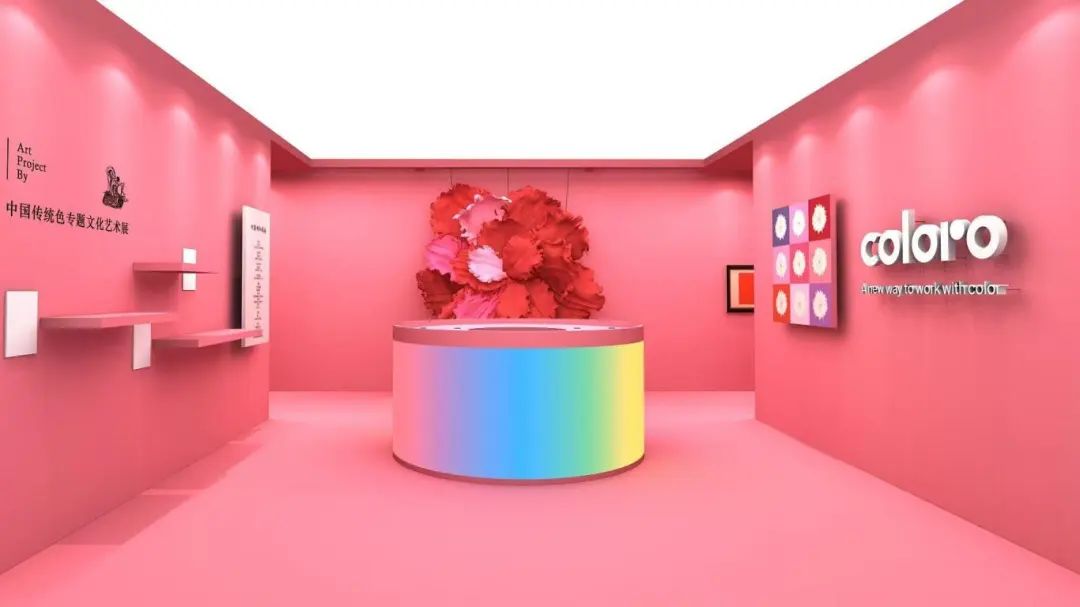
The integration of ancient and fascinating blues and greens from the Dunhuang murals in contemporary fashion, and the transformation of the classic Chinese opera "The Peony Pavilion" into an exhibition theme, exemplifies the revival of a color feast spanning over a thousand years. The "Cultural and Artistic Exhibition of Chinese Traditional Colors" signifies the beginning of a contemporary revival of Eastern art and culture.
COLORO, China National Application Color System, initiated and hosted an exhibition from March 11-13 at the National Exhibition and Convention Center in Shanghai. The exhibition also featured the official release of the "Chinese Traditional Colors Application Color Card." Drawing on the findings of COLORO's two-year study on Chinese traditional color application, this exhibition showcased the harmonious integration of Chinese traditional color's aesthetic value with contemporary art and culture. It also explored new dimensions in the development of Chinese traditional color aesthetics within the contemporary art and business sectors.
Thirty traditional Chinese colors
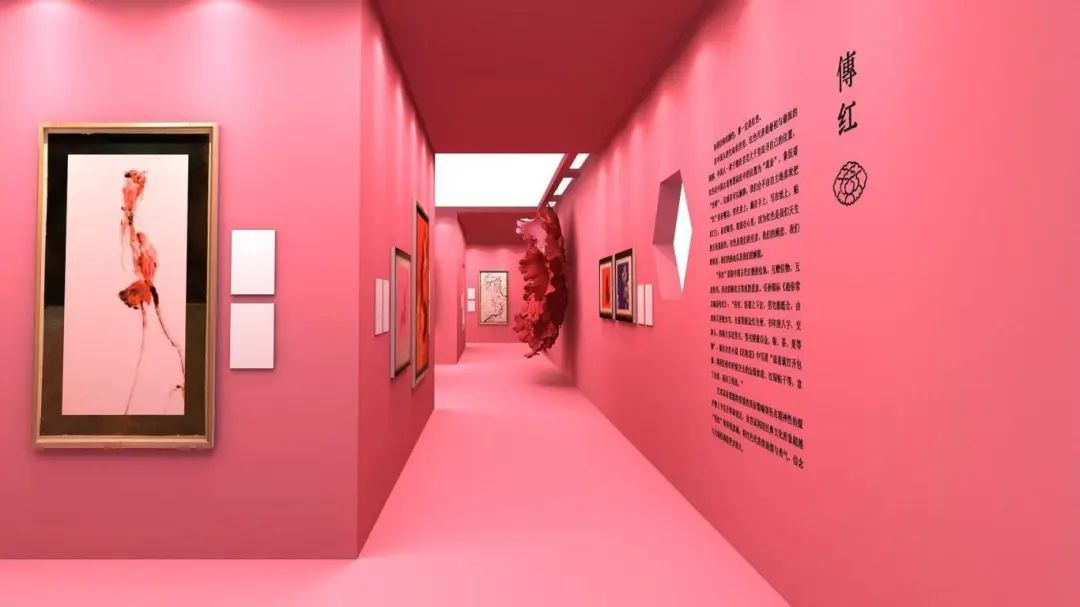
The inaugural exhibition is inspired by "The Peony Pavilion," with "Peach Blossom(005-64-28)" serving as the central theme color, emphasizing red and purple shades. The exhibition features 30 traditional colors, including vermilion, fuchsia red, pale purple, and rogue red, presented in two exhibition areas. It showcases the flow and integration of traditional Chinese colors between the East and the West.
Intangible cultural heritage techniques revitalize traditional Chinese colors
In the 2025 Spring Festival Gala, Li Ziqi appeared in Chinese costumes, showcasing traditional Chinese colors and plant-dyeing techniques to a wide audience. Huang Ronghua, a recognized intangible cultural inheritor in the field of plant dyeing techniques, also gained significant public attention. As these techniques and skills become increasingly prominent on the global stage, they serve as ambassadors for the distinctive Chinese symbols and contemporary aesthetic sensibilities that are hallmarks of Chinese culture.
In this exhibition, Mr. Huang Ronghua and COLORO Color Application Research Institute cooperated to produce the "Chinese Traditional Color Application Color Card." The exhibition showcased the culmination of 40 years' research and practice in Chinese plant dyeing at the National Exhibition and Convention Center (Shanghai).
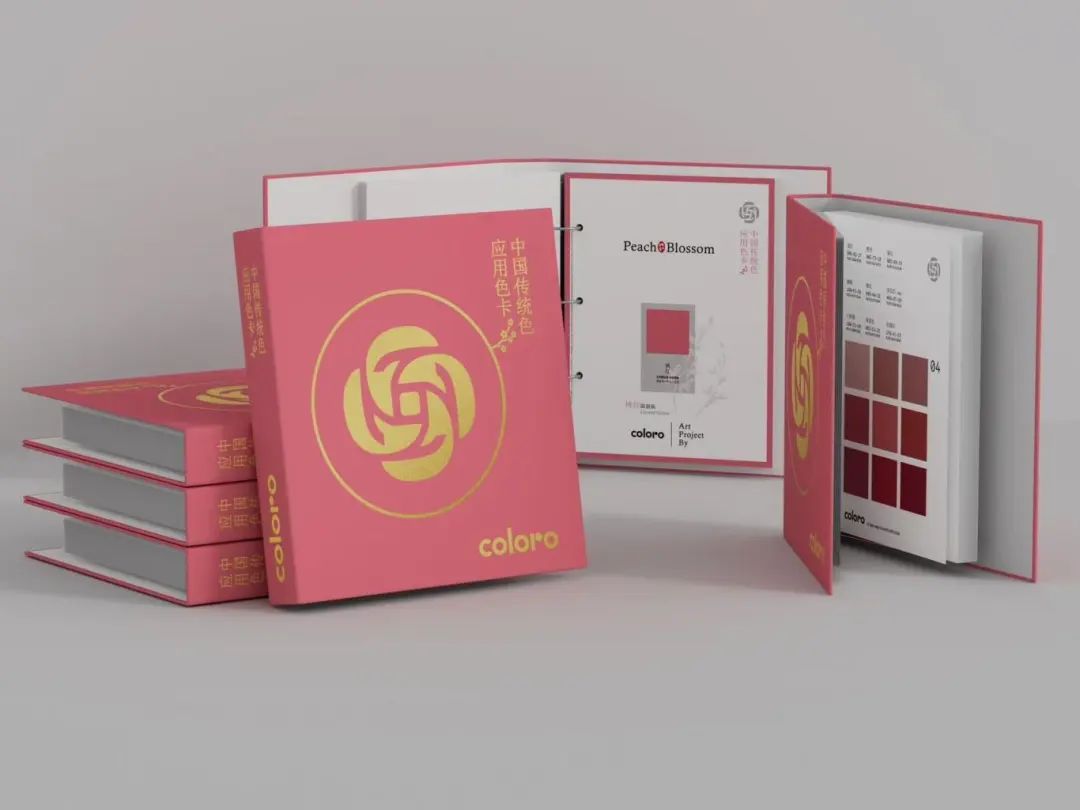
The "Chinese Traditional Color Application Color Card" comprises 216 Chinese traditional colors that were researched and screened by COLORO over two years and reviewed by Mr. Huang Ronghua. It meticulously showcases the cultural heritage and aesthetic qualities of traditional Chinese plant dyes, providing designers across various disciplines with fresh color creation inspiration and tools.
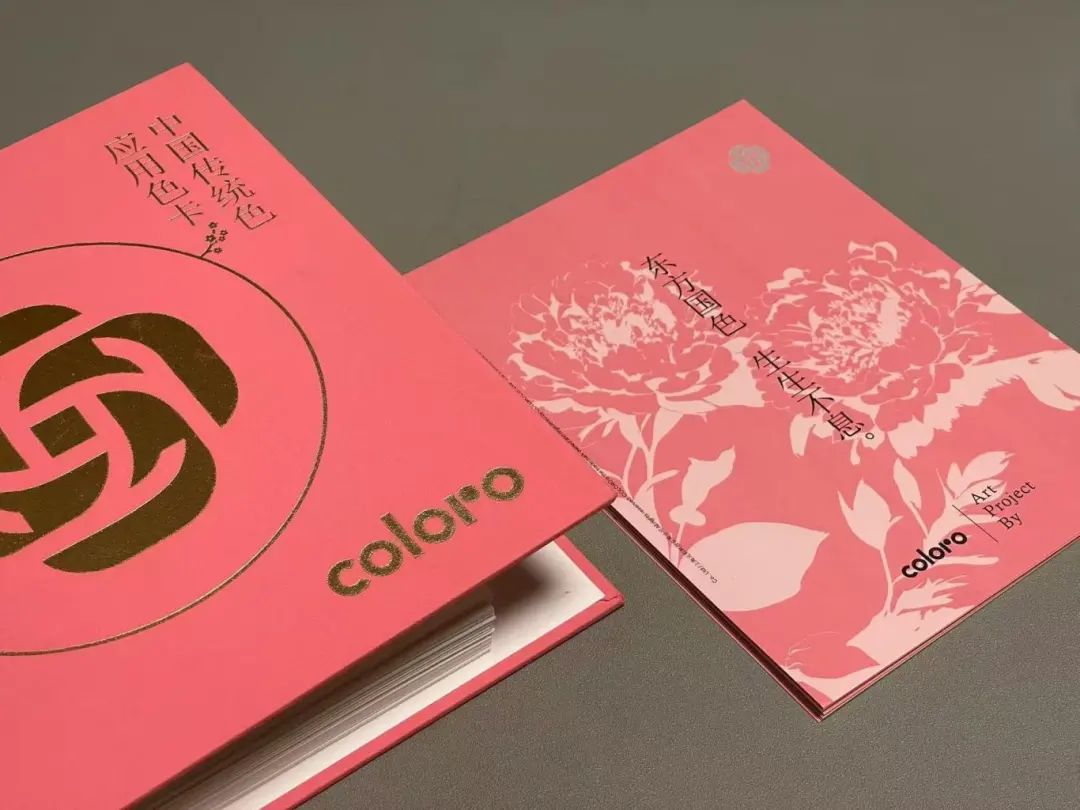
Relying on COLORO's scientific and coding systems, the "Chinese Traditional Colors Application Color Card" aims to bridge the gap between the three attributes of color: science, art, and application. It does so by reconstructing the logic of modern applications of Chinese traditional colors and revitalizing the aesthetics of Chinese traditional colors. This innovative breakthrough establishes a solid foundation for promoting the modern application of Chinese traditional colors, facilitating the scientific translation of cultural roots, creating a systematic guide for cross-boundary application, and establishing a globally applicable oriental standard.
Scientific compilation to create a standard color language
COLORO is a national color development and management system with completely independent intellectual property rights. It was established by the Ministry of Science and Technology and researched and developed by China Textile Information Center. Its R&D team is responsible for the independent research and development of innovative core technologies, and the COLORO color system is integrated with superior science and application.
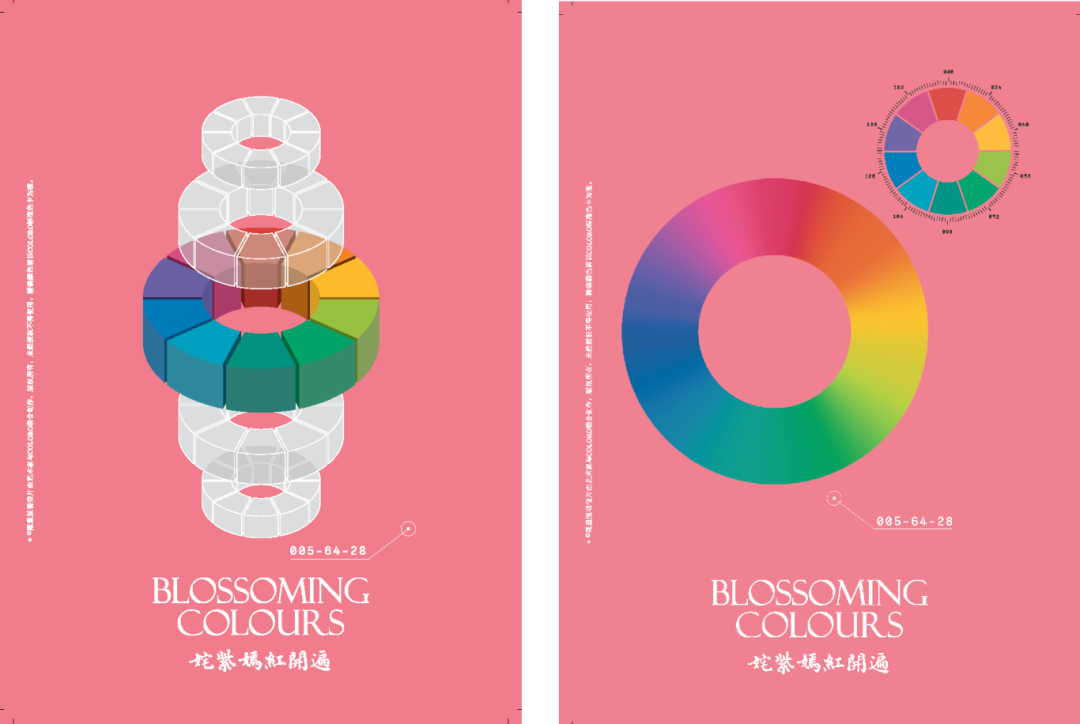
COLORO compiles colors in the same way that the human eye recognizes colors, and its unique system establishes digital identities for the 1.6 million colors recognizable by the human eye. COLORO transforms colors from sensory information to digital information, making it possible to efficiently apply colors in the modern industry and cope with digital development in the future.
COLORO constructs a three-dimensional color model, and develops color tools such as a standard sample color card, a standard electronic color card, a color measurement tool and a digital color design platform, which provide a standard color language for cross-sector and cross-industry communication and provide more effective support for industrial color development and production management.
The second edition of the exhibition will also be held this year, once again explaining to the audience the contemporary fashion expression of Chinese color aesthetics and reproducing the underlying genes of the excellent traditional Chinese culture.


